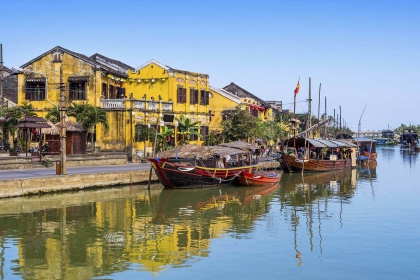Hue Kai Dinh Imperial Tomb (Anh Mausoleum)
introduce
Construction of the Kai Dinh Imperial Tomb (Anh Mausoleum) in Hue began in 1920 and was rated as the most unique mausoleum building of the Nguyen Dynasty. It is one of the remains of the Hue Monuments Group that was recognized as a World Cultural Heritage by UNESCO in 1993 .
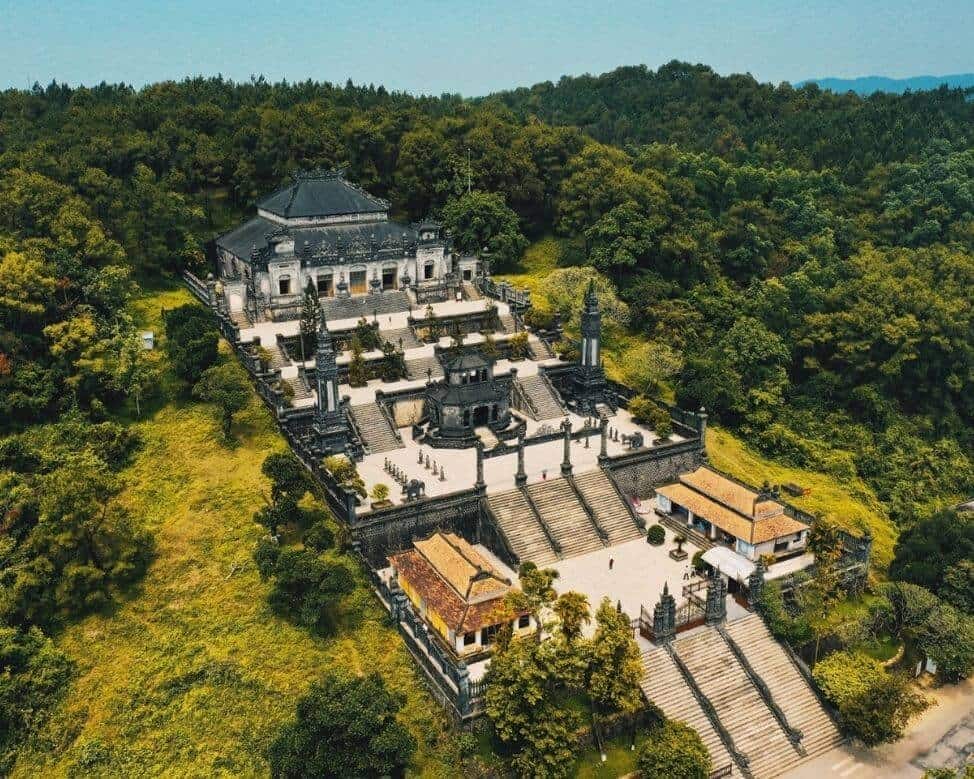
Featured attractions
Its architectural style is a combination of east and west, like a European castle, which is very different from other imperial tombs. The third gate is the entrance to the Qiding Tomb, located on the first floor. Kai Dinh Tomb consists of 127 steps. To reach Sanmen Gate, you have to go through 37 steps. Many tourists who come here choose this gate as the first check-in place.
At the entrance, there is a row of majestic dragon-carved stairs that lead directly to the front yard of the imperial mausoleum. There are stone statues of elephants, horses, and civil and military officials on the platform. In the center stands a stone tablet engraved with Chinese characters, which is a memorial article written by Emperor Baoda in memory of his father, Emperor Qiding. There is a life-size bronze statue of Kai Dinh on the platform above the mausoleum.
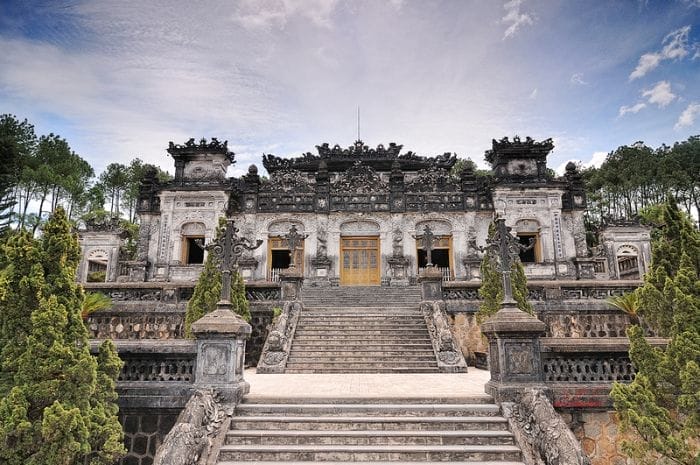
Continue walking 29 steps from Sanmenmen Gate to Yimen District and Peiyi Courtyard, where you will marvel at the statues of courtiers and soldiers arranged in four symmetrical rows. The carving is very detailed.
Above are two courtyards, 13 steps apart on each floor, with the Tianting Palace at the highest position. As soon as you enter the imperial mausoleum and go up the stairs, there are many finely carved stone statues of hundreds of officials on both sides, and the patterns on the clothes can still be clearly discerned. The emperor's artistic taste can be seen everywhere in the Kai Dinh Imperial Tombs. Reliefs, painted murals, statues, etc. are very exquisite and magnificent, making them even more gorgeous than other imperial tombs.
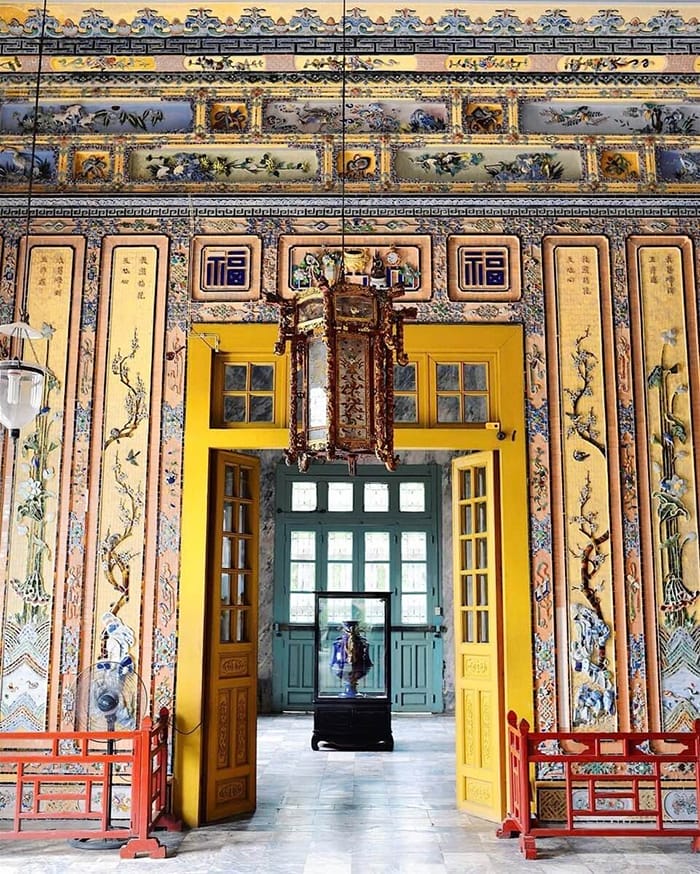
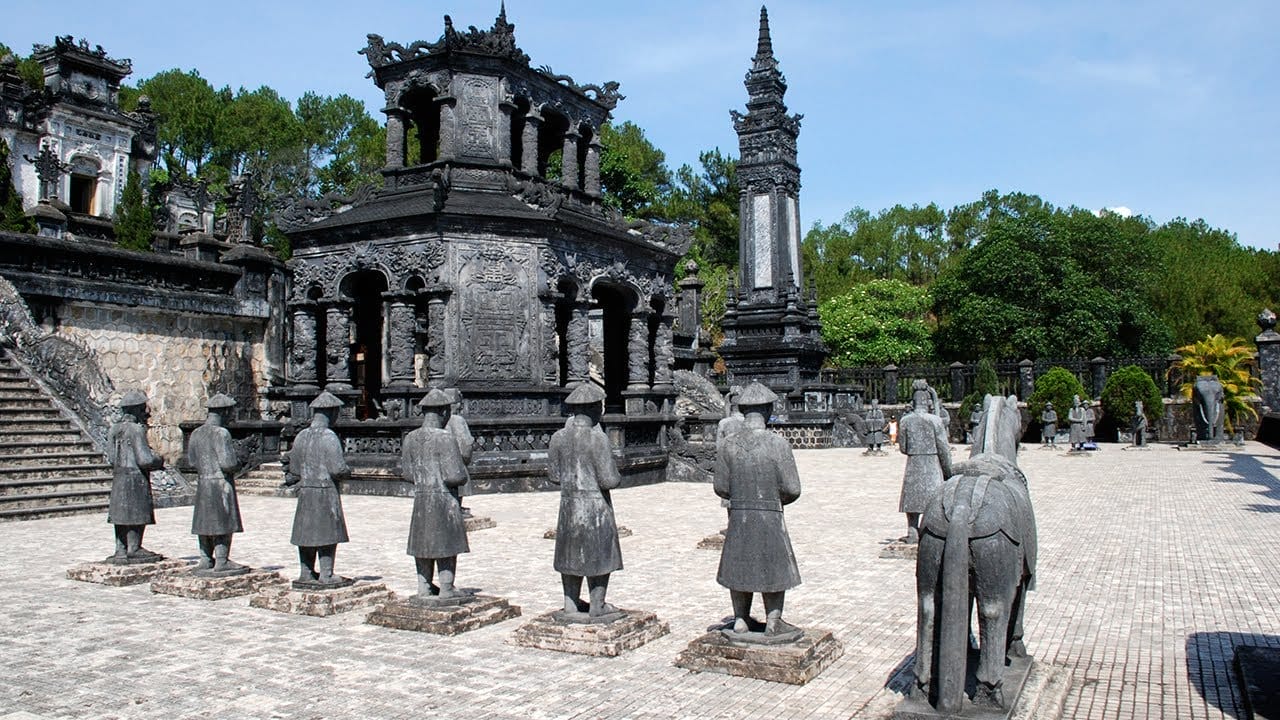
The architecture of the Kai Dinh Tomb is a perfect combination of Asian and European styles, somewhere between classical and modern, and it still exists today. Nearly a century later, this place still has historical, artistic and cultural value, highly appreciated during the period of cultural interference between Vietnam and Western countries. Therefore, tourists cannot ignore this destination when traveling to Hue.
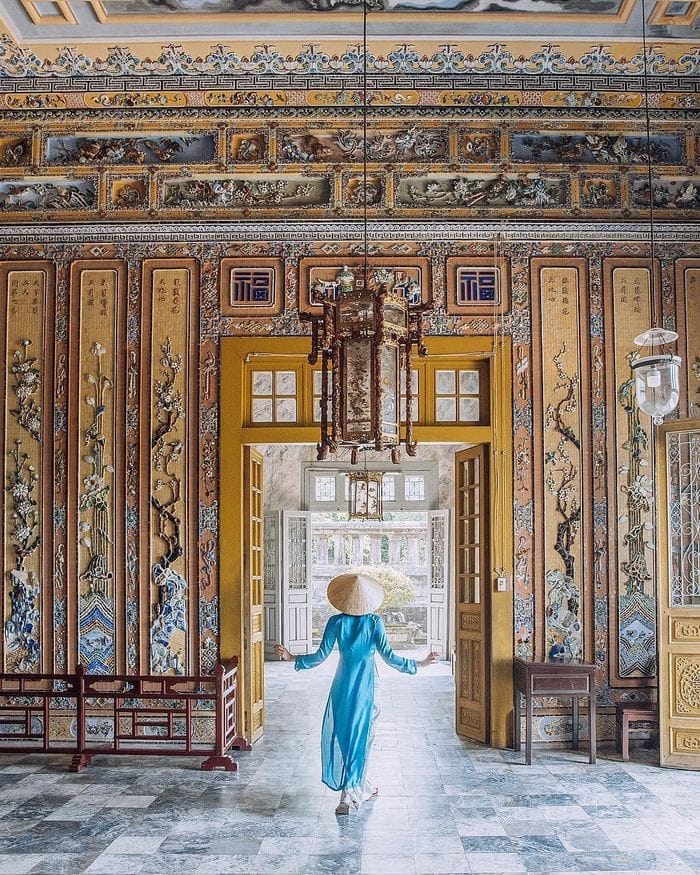
relevant information
Adult: VND 200,000/person
Students (8-12 years old): VND 40,000/person
Children under 6 years old: free admission










